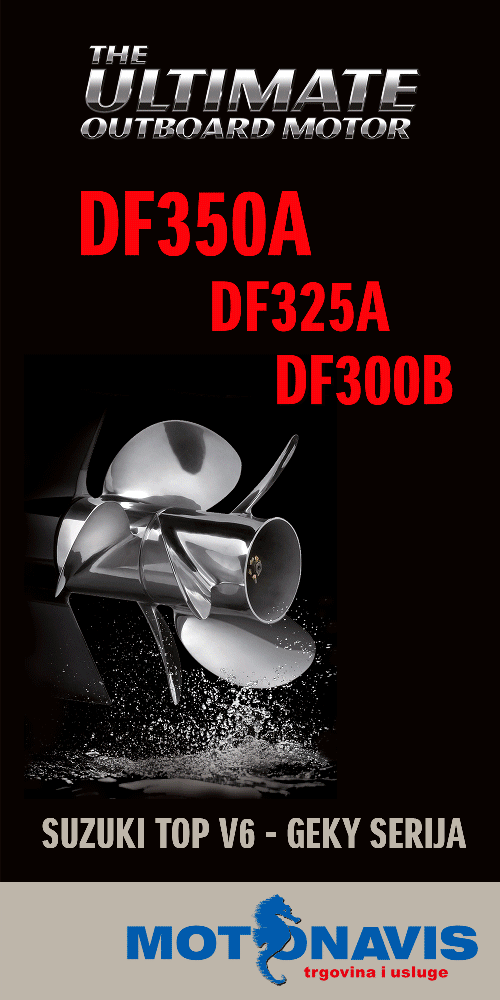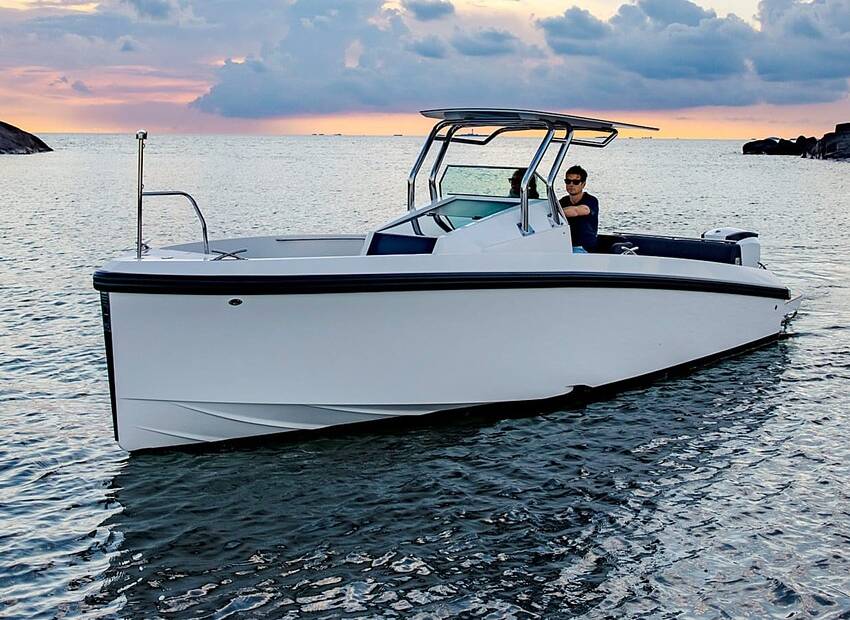What three "thumb rules" do pro boat-handlers use...
to dock their boats at a pier with a feather-like touch?
Learn to use these three little-known secrets...
to dock your own small sailboat "Like a Pro!"
~~~~~~~~~~~~~~~~~~~~~~~~~~~~~~~~~~~~~~~~
Dock Your Sailboat with These Three Insider Secrets!
Imagine that you are short- or single-handed and need to get your boat along a pier smooth and easy--and with just one line--the mighty spring line! But what you may not know are the three golden rules of thumb that most pro boat handlers use time and again for "picture perfect" dockings.
Best of all, these easy thumb-rules will work aboard any boat of any size in anywhere in the world. Sound pretty good? You bet. Put these three docking secrets into play today to put you in control--wherever in the world you choose to sail or cruise!
1. Make Spring Line Longer Than You Need
Use long docking lines for best control--in particular when it comes to spring lines. If possible, make springs 2 1/2 to 3 times the length of your boat. Now your springs will be long enough for most any docking or un-docking situation you encounter. Why so long? Consider this...
When short- or single-handed docking, you will loop the spring line around a dock piling or cleat and back to the boat. And you'll need extra line to work the boat into the pier. You'll need extra line left over at the bitter end to work the boat into or off the pier or in or out of her slip.
Short springs "snub up" and you won't be able to bring the stern in. And you could "run out of line" just when you need a few feet more to get your boat in to the pier. Make springs longer than you think necessary and you will be set to handle most any docking situation smooth and easy.
2. Set and Hold Your Rudder Position
Once the bow touches the pier or piling, put the sailboat wheel or tiller hard over and leave it there (see illustration). Hard rudder and springs work together like wind and sails.
With practice, you will be able to fine tune this technique, but for now, you will use hard rudder for most docking or un-docking maneuvers (for exceptions, see Chapter 9 of the new 3rd edition of "Dock a Boat Like a Pro!").
Consider that a rudder blade must have water flow across it--however slight--in order for it to be effective. When you place your shifter in ahead propulsion, it sends a powerful shot of discharge current from the propeller onto the rudder blade.
That's why any boat or ship will respond well to her helm (wheel or tiller) in ahead propulsion. But, shift into reverse and the opposite happens. Now, all of the discharge current will be shot toward the bow.
None of that valuable flow will find its way onto the rudder blade. In reverse, you must first build up sternway (speed astern) in order to force water flow over the rudder blade.
And that's one of the key elements to boat handling with a small single screw vessel. If you need to pivot your boat, set your rudder to one side and leave it there. This makes your job easier and allows you to concentrate on throttle speed and working your boat alongside or into her berth.

Turn your wheel or push and hold your tiller to one side throughout the maneuver. This applies when docking (left) or when un-docking (right).
(illustrations from the new 3rd edition of "Dock a Boat Like a Pro!")
3. Use Minimum Throttle at All Times
Use absolute minimum throttle (speed) except in exceptional cases of heavy wind or current. Develop this mindset from the pros--eggs, not fenders--eggs. Imagine that eggs line your hull instead of fenders. Now, dock your boat or put her into your slip. See what I mean?
Keep that in mind with every maneuvering speed you use in close quarters. Make smooth control your #1 goal and your boat-handling skills and confidence will soar to new heights--guaranteed!
Get instant access to 400+ sailing articles, videos, live discussion forums, and free ebooks! Click here to find out more!
Captain John






















